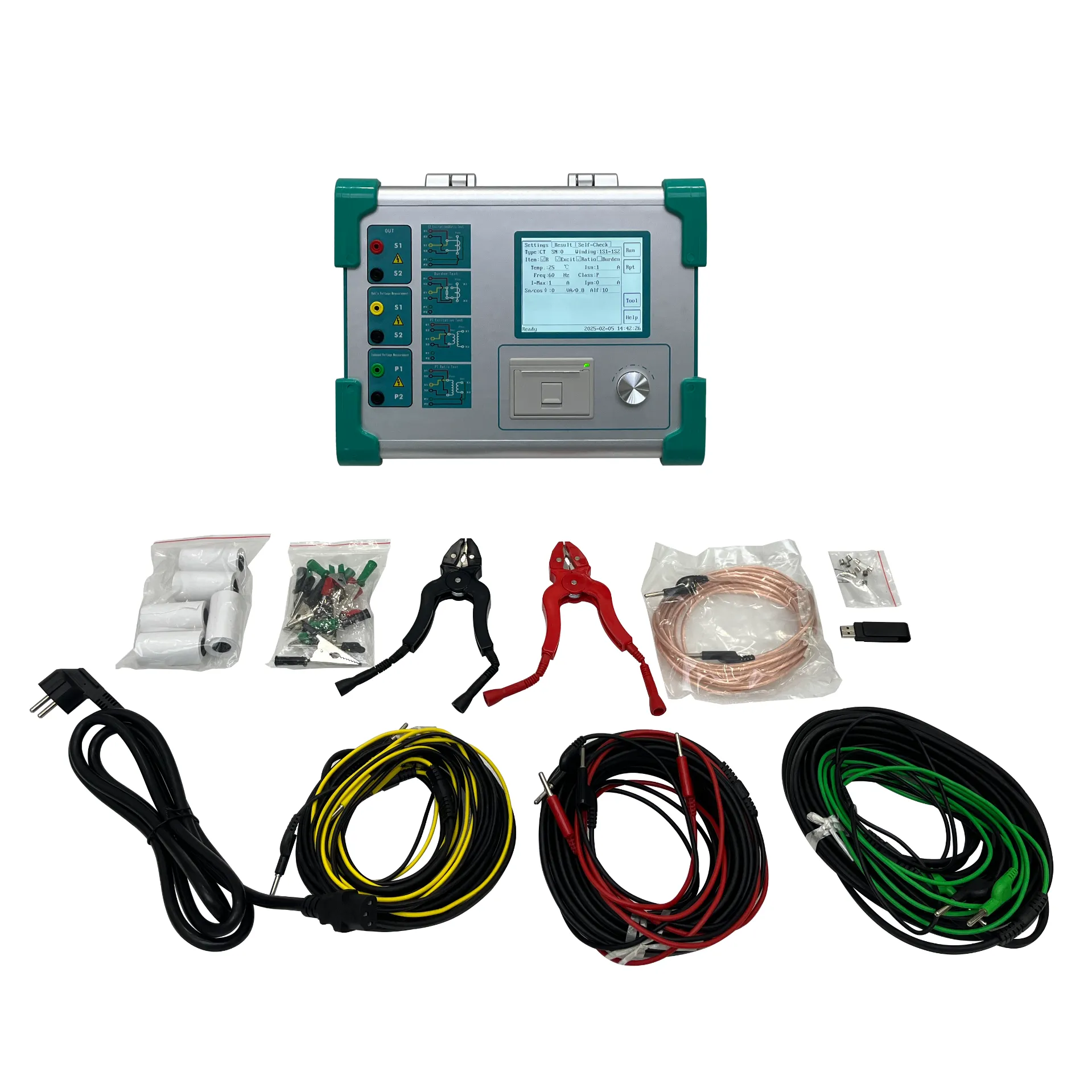TEL:
+86-0312-3189593
 English
English

Telephone:0312-3189593

Email:sales@oil-tester.com

-
 Afrikaans
Afrikaans -
 Albanian
Albanian -
 Amharic
Amharic -
 Arabic
Arabic -
 Armenian
Armenian -
 Azerbaijani
Azerbaijani -
 Basque
Basque -
 Belarusian
Belarusian -
 Bengali
Bengali -
 Bosnian
Bosnian -
 Bulgarian
Bulgarian -
 Catalan
Catalan -
 Cebuano
Cebuano -
 China
China -
 China (Taiwan)
China (Taiwan) -
 Corsican
Corsican -
 Croatian
Croatian -
 Czech
Czech -
 Danish
Danish -
 Dutch
Dutch -
 English
English -
 Esperanto
Esperanto -
 Estonian
Estonian -
 Finnish
Finnish -
 French
French -
 Frisian
Frisian -
 Galician
Galician -
 Georgian
Georgian -
 German
German -
 Greek
Greek -
 Gujarati
Gujarati -
 Haitian Creole
Haitian Creole -
 hausa
hausa -
 hawaiian
hawaiian -
 Hebrew
Hebrew -
 Hindi
Hindi -
 Miao
Miao -
 Hungarian
Hungarian -
 Icelandic
Icelandic -
 igbo
igbo -
 Indonesian
Indonesian -
 irish
irish -
 Italian
Italian -
 Japanese
Japanese -
 Javanese
Javanese -
 Kannada
Kannada -
 kazakh
kazakh -
 Khmer
Khmer -
 Rwandese
Rwandese -
 Korean
Korean -
 Kurdish
Kurdish -
 Kyrgyz
Kyrgyz -
 Lao
Lao -
 Latin
Latin -
 Latvian
Latvian -
 Lithuanian
Lithuanian -
 Luxembourgish
Luxembourgish -
 Macedonian
Macedonian -
 Malgashi
Malgashi -
 Malay
Malay -
 Malayalam
Malayalam -
 Maltese
Maltese -
 Maori
Maori -
 Marathi
Marathi -
 Mongolian
Mongolian -
 Myanmar
Myanmar -
 Nepali
Nepali -
 Norwegian
Norwegian -
 Norwegian
Norwegian -
 Occitan
Occitan -
 Pashto
Pashto -
 Persian
Persian -
 Polish
Polish -
 Portuguese
Portuguese -
 Punjabi
Punjabi -
 Romanian
Romanian -
 Russian
Russian -
 Samoan
Samoan -
 Scottish Gaelic
Scottish Gaelic -
 Serbian
Serbian -
 Sesotho
Sesotho -
 Shona
Shona -
 Sindhi
Sindhi -
 Sinhala
Sinhala -
 Slovak
Slovak -
 Slovenian
Slovenian -
 Somali
Somali -
 Spanish
Spanish -
 Sundanese
Sundanese -
 Swahili
Swahili -
 Swedish
Swedish -
 Tagalog
Tagalog -
 Tajik
Tajik -
 Tamil
Tamil -
 Tatar
Tatar -
 Telugu
Telugu -
 Thai
Thai -
 Turkish
Turkish -
 Turkmen
Turkmen -
 Ukrainian
Ukrainian -
 Urdu
Urdu -
 Uighur
Uighur -
 Uzbek
Uzbek -
 Vietnamese
Vietnamese -
 Welsh
Welsh -
 Bantu
Bantu -
 Yiddish
Yiddish -
 Yoruba
Yoruba -
 Zulu
Zulu
feb . 11, 2025 15:26
Back to list
ratio and polarity test of transformer
Understanding the intricacies of transformer ratio and polarity tests is crucial for professionals working in electrical engineering and power systems. These tests, foundational in assessing the integrity and operational readiness of transformers, require precision, expertise, and a deep understanding of electrical principles.
Authoritativeness in transformer testing comes from adhering to industry standards and guidelines. Organizations such as the Institute of Electrical and Electronics Engineers (IEEE) and the International Electrotechnical Commission (IEC) have established detailed procedures for performing these tests. Compliance with these standards not only ensures the reliability of the transformer but also aligns with global best practices, enhancing the credibility of the testing entity. Trustworthiness in the execution and reporting of these tests builds client confidence and establishes a reputation for quality and safety. Testing personnel should maintain detailed records of all test results and procedures, noting any deviations from expected values and the steps taken to investigate and resolve issues. This transparency is critical, as it enables a reliable audit trail and fosters trust among stakeholders. Real-world experience is invaluable. Seasoned professionals are adept at recognizing subtle indicators of potential issues, such as unexpected noises or temperature variations during testing, which might escape less experienced eyes. Moreover, they can provide insights into preventive maintenance practices based on observed data, further extending the lifespan and efficiency of transformers. In sum, transformer ratio and polarity tests are essential components in the maintenance and operation of electrical systems. Mastery in these areas—a confluence of precise technical skills, strict adherence to industry standards, and accumulated practical experience—ensures transformers operate safely and effectively. By investing in this expertise, companies not only protect their infrastructure but also solidify their standing as leaders in electrical engineering solutions.


Authoritativeness in transformer testing comes from adhering to industry standards and guidelines. Organizations such as the Institute of Electrical and Electronics Engineers (IEEE) and the International Electrotechnical Commission (IEC) have established detailed procedures for performing these tests. Compliance with these standards not only ensures the reliability of the transformer but also aligns with global best practices, enhancing the credibility of the testing entity. Trustworthiness in the execution and reporting of these tests builds client confidence and establishes a reputation for quality and safety. Testing personnel should maintain detailed records of all test results and procedures, noting any deviations from expected values and the steps taken to investigate and resolve issues. This transparency is critical, as it enables a reliable audit trail and fosters trust among stakeholders. Real-world experience is invaluable. Seasoned professionals are adept at recognizing subtle indicators of potential issues, such as unexpected noises or temperature variations during testing, which might escape less experienced eyes. Moreover, they can provide insights into preventive maintenance practices based on observed data, further extending the lifespan and efficiency of transformers. In sum, transformer ratio and polarity tests are essential components in the maintenance and operation of electrical systems. Mastery in these areas—a confluence of precise technical skills, strict adherence to industry standards, and accumulated practical experience—ensures transformers operate safely and effectively. By investing in this expertise, companies not only protect their infrastructure but also solidify their standing as leaders in electrical engineering solutions.
Previous:
Latest news
-
Testing Equipment Industry Sees Major Advancements in 2025: Smart & Precision Technologies Lead the WayNewsJun.06,2025
-
Applications of Direct Current Generators in Renewable Energy SystemsNewsJun.05,2025
-
Hipot Tester Calibration and Accuracy GuidelinesNewsJun.05,2025
-
Digital Circuit Breaker Analyzer Features and BenefitsNewsJun.05,2025
-
Benefits of Real-Time Power Quality Monitoring Devices for Industrial EfficiencyNewsJun.05,2025
-
Earth Fault Loop Testing in High-Rise Building Electrical SystemsNewsJun.05,2025



